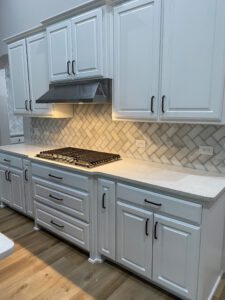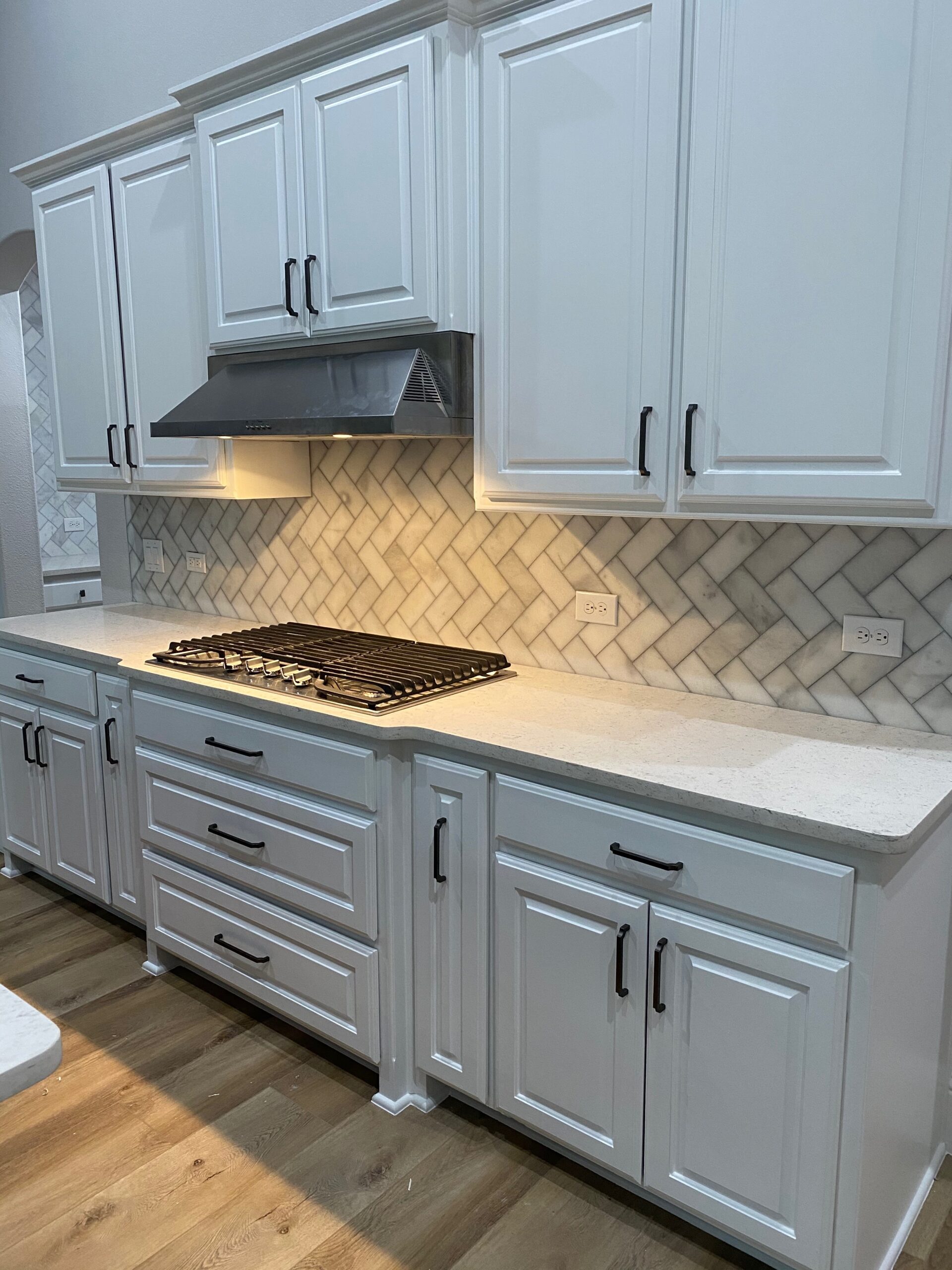Cabinet Painting Poway can be a very easy job if you have the proper tools. It is also a great way to add color and style to your home. However, you should also be prepared to spend a bit of money. Luckily, there are some tips to help you get started.
If you are painting cabinets, you will need to prepare the surfaces before applying paint. Proper surface preparation will make the paint adhere better and last longer. Here are a few tips to get the best results.
First, you will need to sand the cabinets. This will remove brush marks and help the paint stick properly. You can use a fine-grit sandpaper (like 100-grit) to sand the cabinets. However, you will want to be careful not to sand down to the bare wood.
Next, you will need to fill any cracks and gaps in your cabinets. You can fill in holes with wood filler. Then, you will need to sand the filler to ensure it has a smooth finish.
After all of your work, you should allow the cabinets to dry. Once the paint is dry, you can paint the doors and shelves. Make sure you use a small brush or roller for the drawers. Allow the doors and shelves to dry for at least two hours.
Depending on the type of paint you are using, you may have to apply more than one coat. For example, latex paints have a quick drying time but take three weeks to fully cure. Oil-based paints require more time for the finish to harden.
You can also seal your cabinet paint with polyurethane, spar urethane, or nitrocellulose. Applying a high-quality paint will ensure the surface is protected. Also, you can choose from transparent top coats or polycrylic.
A few days after the first coat has dried, you can apply a second coat. It is important to let the second coat dry for at least 24 hours. Repeat this process on the other side of the cabinet.
The most important part of the painting process is surface preparation. Clean your cabinets to prevent grime and grease from clogging the paint and causing it to peel. Be sure to use a degreasing cleaner to prep the surfaces.
Before painting, you should use a paint stripper to remove old paint. Wear protective clothing and follow the manufacturer’s instructions.
When it comes to painting your kitchen cabinets, there are two main options: one is to use a paint brush, and the other is to spray. It’s important to understand that each method produces different results.
Spraying can be a great way to give your cabinetry a fast and consistent finish. It also helps to prevent overspray, which can damage countertops and walls. But there’s no guarantee that this technique will yield the best possible results.
Painting with a roller has its advantages and disadvantages. Rollers aren’t as versatile as a brush, and they can be hard to maneuver on rough surfaces. Also, they don’t provide an evenly applied coat of paint. Even experienced painters can get drips.
Using a paint sprayer is a better alternative, but it has a few drawbacks. For one, it’s expensive. A good sprayer can cost hundreds of dollars. And you need to mask nearby surfaces, especially kitchen counters, floors, and appliances.
Brush painting is probably the best option for small projects like painting cabinet boxes and doors. In addition, it can be a frugal option.
A paint sprayer will take less time than rolling but requires a lot of prep. If you’re a seasoned pro, you can make your sprayer work for you. Some sprayers even cover large surfaces quickly.
The brush and roller combination is still a viable option, but it’s more time-consuming than its rival. Not only do you have to inspect the results more closely, you have to cover more surfaces. Plus, you have to spend more time cleaning up the mess.
Ultimately, the best choice for your cabinetry will be determined by the specific project you’re working on. Whether you choose to use a brush or a sprayer, your results will depend on the quality of the paint. You can’t expect to get a professional-quality finish if you don’t invest in the right tools and techniques.

